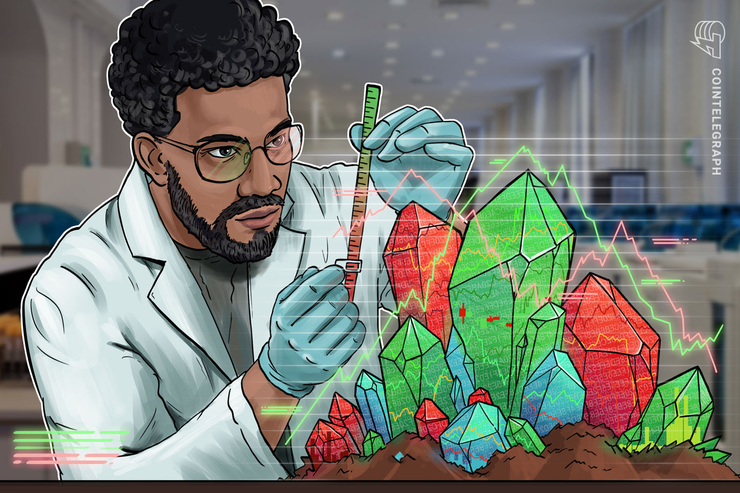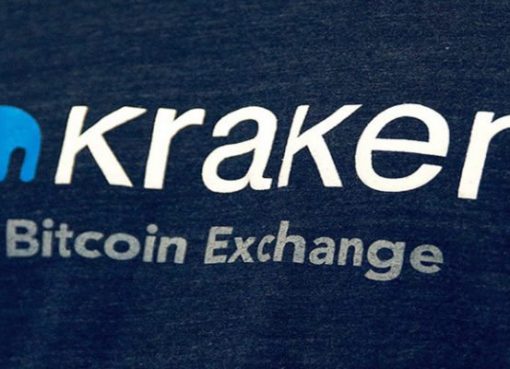Interest in cryptocurrencies has been on the rise throughout 2019 and Bitcoin’s (BTC) impressive 300% rally from $3,130 in February 2019 to $13,800 on June 26 surely had something to do with growing interest.
Multiple studies have shown that millennials and younger investors, in particular, have grown increasingly skeptical of traditional financial service providers and banks in the wake of the 2008 financial crisis. At least 40% of this demographic has said that they intend to invest in cryptocurrency in the future.
Fortunately for new investors, investing in digital assets has become much easier than it was pre-2017. But there are still a few crucial factors investors should consider before actually buying cryptocurrency.
Here are four essential things investors must consider as you make your first cryptocurrency purchase and consider trading.
Market capitalization
Currently, there are more than 4,900 cryptocurrencies listed across a long list of exchanges. Media tend to only cover the largest cryptocurrencies by market capitalization and these are the tokens most familiar to new and seasoned investors.
Basically, market capitalization (or market cap) reflects the size of a company and the metric is calculated by taking the asset’s price and multiplying it by the total number of available shares.
It also provides insight into the level of risk an investment represents and this is why It’s important to check a digital asset’s market cap prior to buying.
Tokens with a high market cap and large circulating supply are theoretically less vulnerable to manipulation and wild volatility, whereas smaller market cap coins can see wild price springs on positive or negative news. A small market cap coin with little circulating supply is also often vulnerable to manipulation by large holders.
Trading volume
Prior to making a purchase, investors should also take a quick look at the digital asset’s trading volume.
Usually, this isn’t an issue for the top-20 tokens listed on crypto exchange data providers like Coin360. But as traders begin to investigate more obscure smaller market cap altcoins, it’s very important to investigate how many tokens are actually being bought and sold on a daily basis.
Higher trading volume means it will be easier to buy and sell the digital asset whereas low trading volume hints at a lack of liquidity and means a trader could struggle to buy the digital asset or have existing orders filled.
Digital currencies with extremely low trading volume could be a sign of an ailing or dead project; and as recently as November, some of the largest crypto exchanges delisted tokens with questionable or declining trading volume.
Stop-losses and taking profits
While this tip is not a metric that plays into digital asset analysis, it is incredibly important to have a plan for every trade. This helps one not fall victim to emotion-led trading.
Good investors develop a game plan for the price at which they intend to buy and sell an asset without deviating from this plan. Part of this process includes thinking about what actions one will take in the event that the trade goes belly up.
A stop-loss order protects investors against a significant loss of funds by selling the asset at a predetermined price slightly below the purchasing price.
For example, a common rookie mistake is placing a sell-order at a certain price and then canceling the order right before it is filled because the fear of missing out, or FOMO, makes you feel like the price will go even higher.
Cryptocurrencies are infamous for their whipsaw volatility, which can drive the price up by 100% in 1 hour and drop it by 115% an hour later. For this reason, it is paramount that investors use a stop-loss to protect against losses.
Those familiar with the crypto-jargon frequently used among traders will recognize the term “bag holder.” These are traders who bought into a particular cryptocurrency and after a dramatic drop in price are unable to sell the digital asset without taking on significant losses.
Stop-losses protect against this and most traders recommend that a stop-loss be placed 2 to 4% below the purchase price. With this said, it is also important to note that in the cryptocurrency market, stop hunts or stop runs are a common practice that larger investors use to force smaller investors out of their positions.
Investors tend to position their buy and sell orders around an asset’s resistance levels and during a stop hunt, large investors and whales push the price in a direction which can trigger large amounts of stop orders and lead to a drastic change in the asset’s price. Traders can avoid becoming a victim of a stop run by placing their sell stop orders slightly away from resistance and support areas.
Given the volatile nature of most cryptocurrencies, it’s better to take a small loss and live to trade another day instead of holding a digital asset that may continue to lose value over time as has been the case with many altcoins since December 2017.
Safely storing your cryptocurrency
Now that you’ve got your crypto investment the next crucial step is determining how and where to securely store it.
While keeping your Bitcoin and any other cryptocurrency on your exchange is an option, the counterparty risk makes this method less secure and should be avoided if possible, particularly for significant amounts.
The adage: only trade and keep funds on an exchange that you are willing to lose cannot be stressed enough.
Thus, many investors rely on hardware wallets that store the digital assets — or more precisely, the private keys to those digital assets — offline where they can only be accessed by the owner.
Moreover, there is also a plethora of software wallets available, which allow investors to store their own private keys to their Bitcoin and cryptos with an app that can be accessed from their laptop, iPad, smartphone, etc.
Ultimately, both are better options than keeping your fund with a custodian such as an exchange as the possibility of getting hacked and funds’ theft is always there regardless of how “secure” an exchange claims to be. Sometimes the users get reimbursed, sometimes not. But this is certainly a risk that every digital asset holder must be aware of when relinquishing control over their funds to some trusted entity.
Investing in cryptocurrency doesn’t have to be difficult or risky. Investors simply need to have a plan before taking action and every responsible trader always does their own research before making an investment in any asset. Make sure you do yours!
The views and opinions expressed here are solely those of the author (@HorusHughes) and do not necessarily reflect the views of CryptoX. Every investment and trading move involves risk. You should conduct your own research when making a decision.




